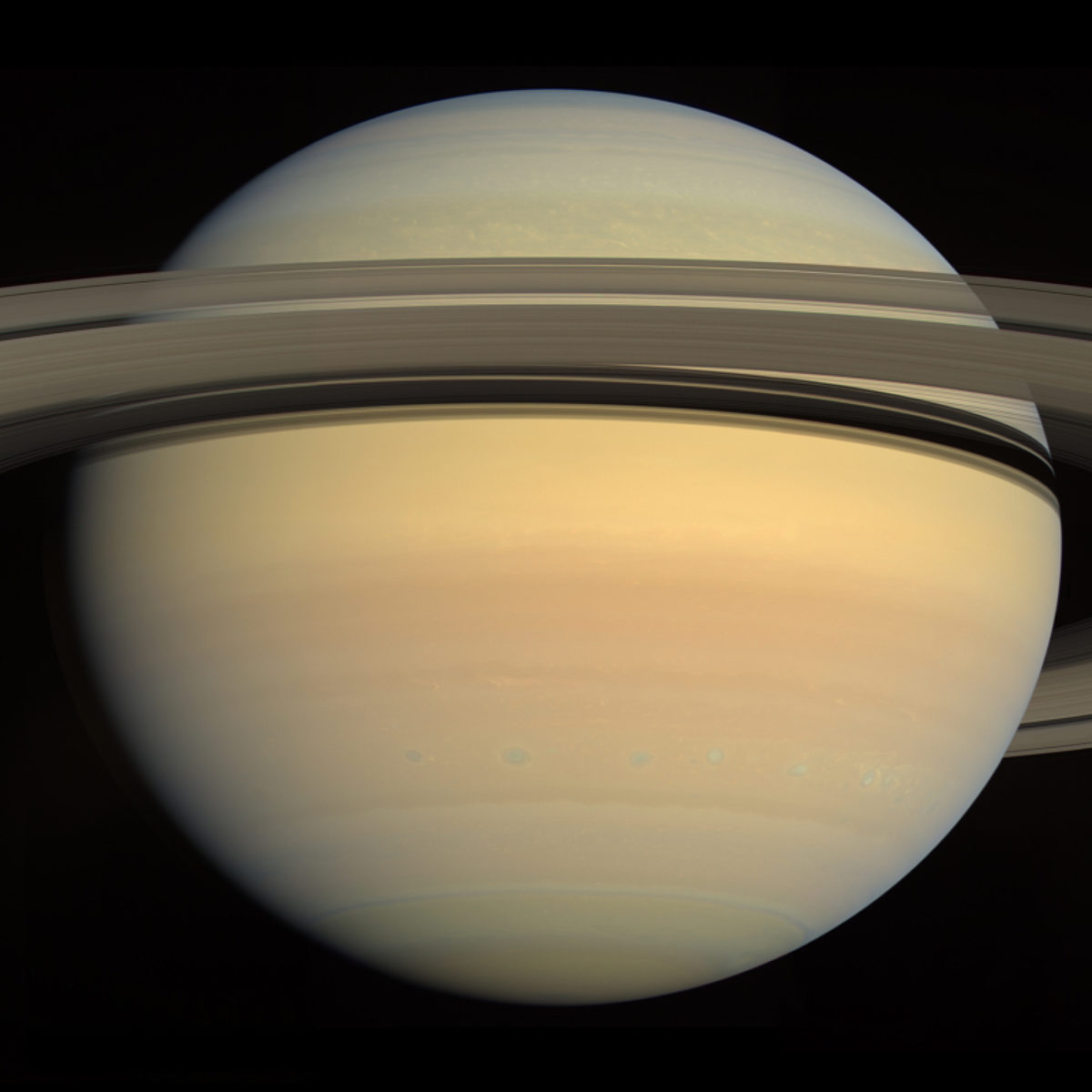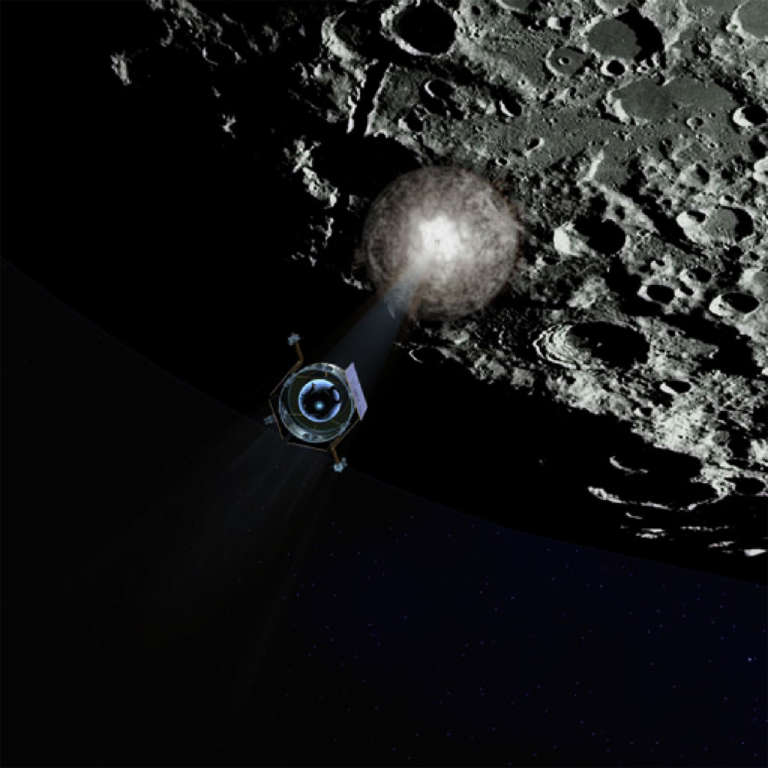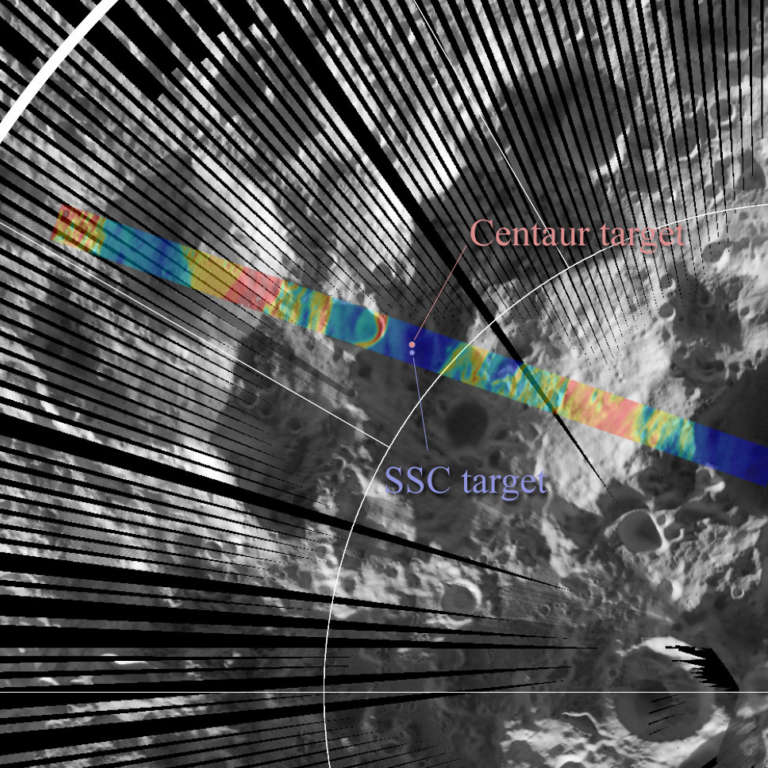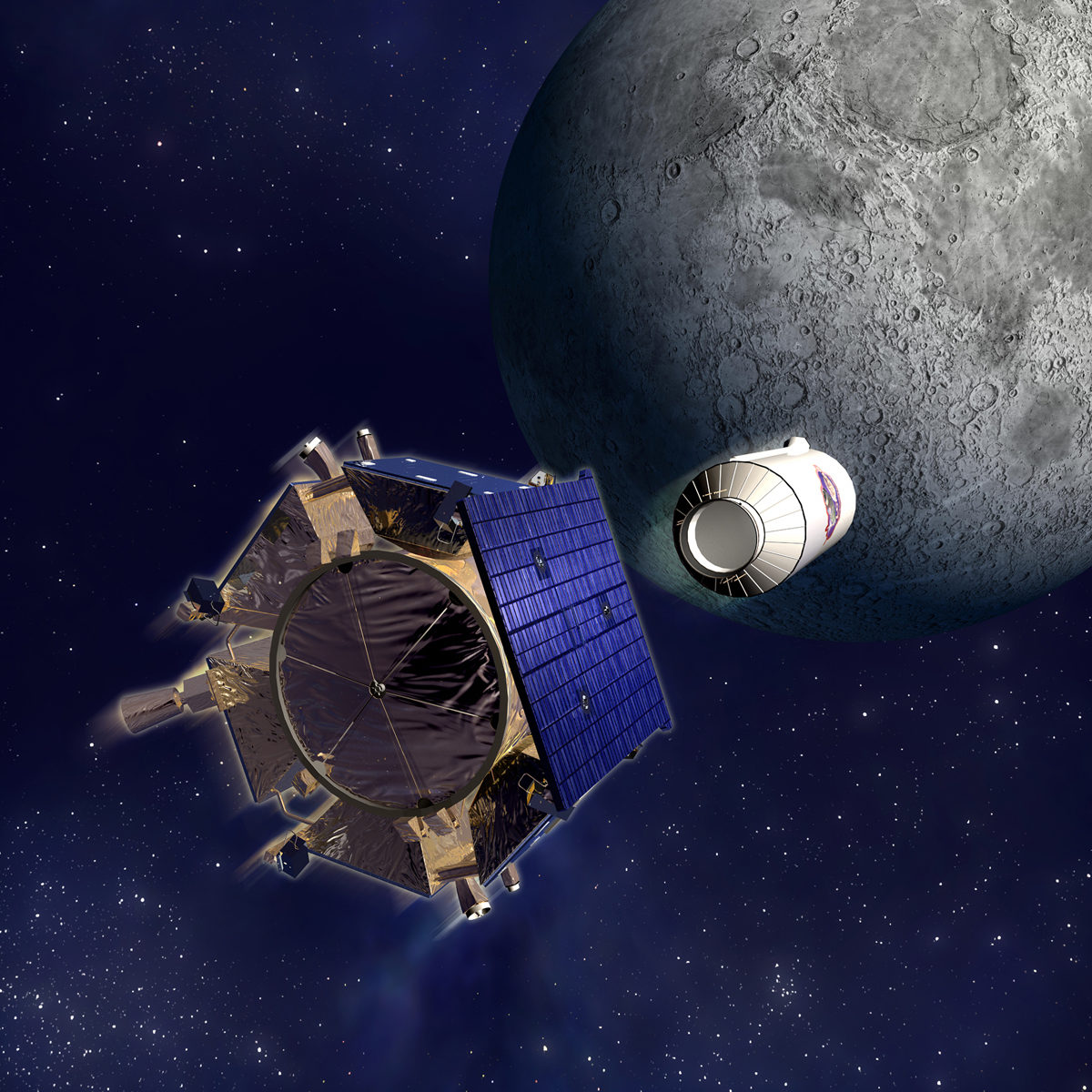All
All
Stories, updates, insights, and original analysis from The Planetary Society.
Here comes Rosetta!
Heads up! ESA's Rosetta comet-chasing mission is going to buzz by Earth again in less than a month.
Rhea, Enceladus, Mimas, and Tethys, oh my!
With the last Titan flyby on October 12, Cassini came back to an orbit that's nearly in the equatorial plane, and immediately rewarded us with some fine views of several of the icy moons. Here are a bunch of images of those moons.
A brief word on Saturn's radius
I've had two people write in to correct my Phoebe ring post from yesterday.
The Phoebe ring
Last week, planetary astronomers Anne Verbiscer, Michael Skrutskie, and Doug Hamilton published a paper in Nature succinctly titled
Netherlands fireball
I was debating whether to write anything about a reported fireball that streaked across the sky in the Netherlands at roughly 19:00 local time (17:00 UTC) yesterday, October 13, but seeing this image ended my internal debate.
AMASE 2009: Testing future Mars surface instruments in the Arctic
I have just posted four more blog entries from Juan Diego Rodgriguez-Blanco detailing the work conducted during this year's Artic Mars Analogue Svalbard Expedition (AMASE).
That psychedelic M-cubed Moon movie explained
Advance warning: this entry may be a little technical for some.
OMG! Aurora!
Unmannedspaceflight.com member Astro0 was fiddling around with an interesting-looking sequence of Cassini images when he discovered their purpose -- they were gathered in order to see if Cassini could catch aurorae flaring into being near Saturn's north pole. Cassini sure did!
Video from Palomar Observatory on LCROSS impact night
The Palomar Observatory adaptive optics image of the crater Cabeus remains the best I've seen from ground-based telescopes of the LCROSS impact site.
Screen caps of NASA TV LCROSS camera images
I am having issues with TwitPic this morning, so will occasionally post new images from the LCROSS camera to this blog entry.
Lunar Reconnaissance Orbiter Diviner detection of LCROSS impact
The Lunar Reconnaissance Orbiter Diviner team just released some preliminary views of their data taken during the LCROSS impact, which clearly shows the thermal signature from the crash into the Moon.
Graphics from the LCROSS press briefing
It's been a little difficult to get a hold of the graphics that they used at this morning's press briefing.
LCROSS: A "morning after" wrapup
So the big drama on LCROSS is over.
LCROSS visible spectrometer data showing impact flash
This plot just shows the aggregate radiance in ultraviolet and visible wavelengths -- all wavelengths -- seen by one of LCROSS' spectrometers after the Centaur hit the Moon.
MMT image of the plume and its shadow?
I am pretty sure this image shows the LCROSS impact plume and its shadow as seen from the MMT observatory in Arizona, but as Alan Boyle just pointed out, the time stamps indicate the photos were all taken before the nominal impact time.
Palomar image of crater Cabeus after LCROSS impact
Here's the sharpest optical image shown today of the Moon, from Palomar Observatory.
LCROSS impact recap, with animations
Quite a night! I set my alarm for 3:15 am in order to get up and watch LCROSS crash into the Moon.
Gorgeous Kaguya image of Cabeus crater; where to watch impact
I'm back online and ready to watch LCROSS smash into the Moon this morning!
LCROSS impact preview
Way early tomorrow morning, LCROSS and its Centaur upper stage will crash into the lunar south pole.
A couple of helpful visualizations of LCROSS impact
The visualization studio at Goddard Space Flight Center has just posted some handy simulations of what we can expect the LCROSS impact to look like.


 Explore Worlds
Explore Worlds Find Life
Find Life Defend Earth
Defend Earth


 Sun
Sun Mercury
Mercury Venus
Venus Earth
Earth Mars
Mars Jupiter
Jupiter Saturn
Saturn Uranus
Uranus Neptune
Neptune Small Bodies
Small Bodies

















